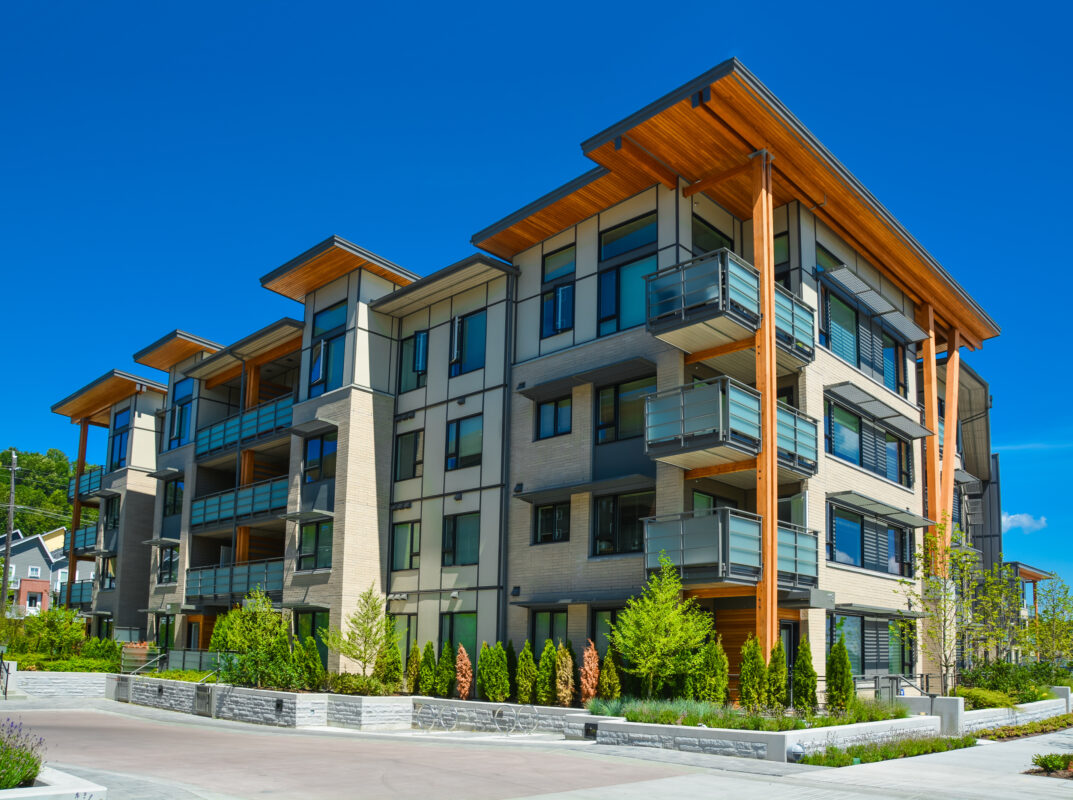In April, Housing Minister, Stuart Andrew announced that the remediation work on dangerous buildings under the height of 11 metres will be discussed on a case-by-case basis. This is an effort to ensure the safety of every resident in the country, in the aftermath of the tragic Grenfell Tower fire. In order to identify which buildings under the height of 11 metres would need urgent remediation work, the Department of Levelling Up, Housing and Communities would be committed to dealing with the issue. This is the first time the government has shown commitment towards dealing with the cladding issue in low-rise buildings.
Previously, the government had set up the Building Safety Fund (BSF) and allocated £5.1bn to be used for the remediation work of buildings over the height of 18 metres that had dangerous materials in their external wall systems. Later, Housing Secretary, Michael Gove, had urged developers to allocate funds towards the remediation work on buildings between 11 and 18 metres high. So far, about £2bn has been raised to deal with dangerous cladding on medium-rise buildings.
Andrew Stuart, who was appointed as the Housing Minister in February, was the first to address the issue of unsafe cladding on low rise buildings and said that the government must use ‘proportionality’ to decide which low-rise buildings needed remediation. He also said that there are fewer low-rise buildings needing remediation and that, according to the government, leaseholder protection should not cover lower-rise buildings.
Speaking in the House of Commons, Andrew said that the systematic risk of fire in buildings under the height of 11 metres was not present. So, the remediation work to make them safe was unlikely to be an expensive affair. He also suggested that protective systems like fire alarms would be appropriate and proportionate in such cases.
In response to Andrew’s proposal to the House of Commons, Labour MP for Greenwich and Woolwich, Matthew Pennycook said that he believed there was a need to financially support leaseholders stuck in dangerous low-rise buildings.
“I suspect that is almost certainly the case [that there are few dangerous lower-rise buildings], but all the more reason, then, to provide financial support to those blameless leaseholders who find themselves living in them, rather than leaving them without protection,” he said.
Another issue discussed in the House of Commons was the funding of remediation work for buildings between the height of 11 and 18 metres. After pressure from Michael Gove, over 35 developers had signed up to pledge that they would set aside funds for the remediation of any buildings they had built over the past 30 years, without applying for government support.
Gove, however, criticised the Construction Products Association (CPA) and cladding manufacturers who had not shown any signs of taking responsibility for the crisis by signing up for a similar scheme. He also said that he would do “whatever it takes” to hold the responsible parties accountable for their role in the building-safety crisis in the country.
In response to this, the CPA cited that there were various unknown factors concerned with the scheme, including the number of affected dwellings, the need for an agreement for market valuations once works are completed and the level of work that remains unknown. It also added that there were “significant issues creating uncertainty and concern over how and for whom any fund could be established and maintained.”
Keep updated with the latest in the construction industry by signing up for the MyDek newsletter here.

